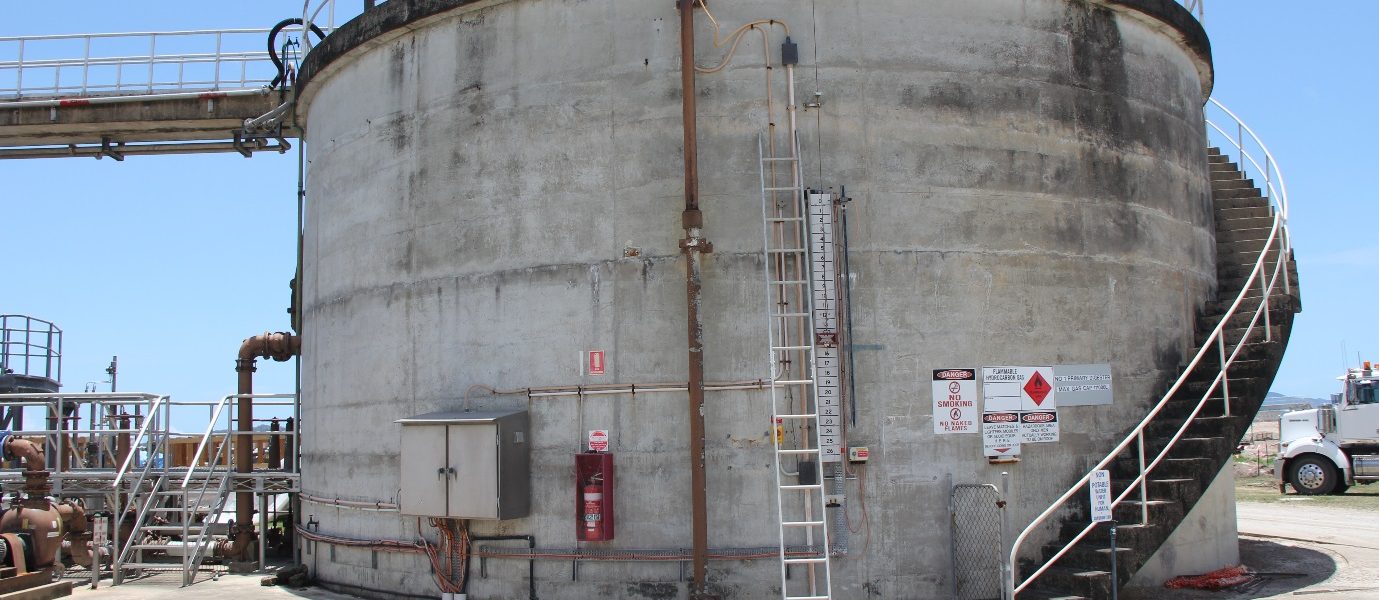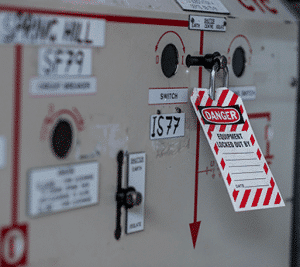Not known Details About Roar Solutions
Not known Details About Roar Solutions
Blog Article
More About Roar Solutions
Table of ContentsSome Known Details About Roar Solutions The smart Trick of Roar Solutions That Nobody is DiscussingThe 15-Second Trick For Roar Solutions
In order to safeguard installations from a possible explosion a method of evaluating and categorizing a potentially unsafe location is required. The function of this is to ensure the proper selection and installation of devices to ultimately protect against an explosion and to ensure safety of life.
(https://leetcode.com/u/roarsolutions/)
No devices ought to be mounted where the surface temperature of the tools is above the ignition temperature of the offered risk. Below are some common dust dangerous and their minimal ignition temperature. Coal Dust 380C 225C Polythene 420C (thaws) Methyl Cellulose 420C 320C Starch 460C 435C Flour 490C 340C Sugar 490C 460C Grain Dust 510C 300C Phenolic Resin 530C > 450C Aluminium 590C > 450C PVC 700C > 450C Soot 810C 570C The possibility of the danger existing in a concentration high sufficient to cause an ignition will differ from area to place.
In order to identify this risk a setup is split into locations of threat relying on the quantity of time the dangerous exists. These areas are referred to as Areas. For gases and vapours and dirts and fibers there are three zones. Area 0 Area 20 An unsafe atmosphere is highly most likely to be present and may exist for extended periods of time (> 1000 hours per year) and even constantly Zone 1 Area 21 An unsafe ambience is feasible yet not likely to be existing for long periods of time (> 10 450 C [842 F] A classification of T6 means the minimal ignition temperature is > 85 C [185 F] Dangerous location electrical equipment perhaps developed for usage in greater ambient temperatures. This would certainly suggested on the score plate e.g. EExe II C T3 Ta + 60C( This implies at 60C ambient T3 will not be gone beyond) T1 T1, T2, T3, T4, T5, T6 T2 T2, T3, T4, T5, T6 T3 T3, T4, T5, T6 T4 T4, T5, T6 T5 T5, T6 T6 T6 A T Class ranking of T1 indicates the maximum surface area temperature created by the instrument at 40 C is 450 C. Thinking the connected T Class and Temperature level score for the tools are suitable for the location, you can always make use of a tool with a much more stringent Division score than required for the location. There isn't a clear solution to this inquiry however. It really does rely on the sort of equipment and what repairs need to be lugged out. Devices with certain test treatments that can not be performed in the field in order to achieve/maintain 3rd event rating. Need to return to the factory if it is prior to the devices's solution. Area Repair Work By Authorised Employee: Complex screening may not be called for nevertheless certain treatments may require to be complied with in order for the tools to maintain its 3rd party score. Authorized employees have to be employed to perform the work correctly Repair service have to be a like for like replacement. New component should be taken into consideration as a direct replacement requiring no special screening of the tools after the fixing is complete. Each item of tools with a hazardous score must be assessed separately. These are detailed at a high degree below, but also for even more comprehensive info, please refer directly to the guidelines.
The Of Roar Solutions
The devices register is a detailed data source of devices records that consists of a minimum set of areas to determine each thing's place, technological parameters, Ex-spouse classification, age, and ecological data. This info is vital for tracking and handling the tools effectively within unsafe areas. On the other hand, for routine or RBI sampling assessments, the grade will be a combination of Comprehensive and Close inspections. The proportion of Detailed to Shut evaluations will certainly be identified by the Devices Danger, which is analyzed based on ignition risk (the chance of a source of ignition versus the possibility of a combustible atmosphere )and the harmful location classification
( Zone 0, 1, or 2). This variant will additionally influence the resourcing demands for work prep work. Once Whole lots are specified, you can create tasting plans based on the sample size of each Lot, which describes the number of random devices things to be evaluated. To figure out the required sample size, two elements require to be reviewed: the size of the Great deal and the group of evaluation, which shows the degree of initiative that should be used( minimized, typical, or increased )to the evaluation of the Lot. By integrating the classification of assessment with the Great deal size, you can then establish the suitable rejection criteria for a sample, meaning the allowable variety of malfunctioning products discovered within that sample. For even more information on this procedure, please refer to the Energy Institute Standards. The IEC 60079 conventional suggests that the maximum interval between evaluations ought to not exceed 3 years. EEHA examinations will also be carried out beyond RBI campaigns as component of set up upkeep and equipment overhauls or repairs. These inspections can be attributed toward the RBI example sizes within the impacted Lots. EEHA inspections are performed to recognize faults in electric tools. A weighted scoring system is important, as a solitary piece of equipment may have several mistakes, each with differing degrees of ignition risk. If the consolidated rating of both inspections is less than twice the mistake score, the Lot is regarded acceptable. If the Lot is still considered undesirable, it has to undertake a full inspection or reason, which may trigger more stringent examination procedures. Accepted Whole lot: The root causes of any faults are identified. If an usual failure mode is located, extra devices may require maintenance. Faults are categorized by extent( Safety and security, Integrity, House cleaning ), making sure that urgent problems are examined and attended to quickly to alleviate any influence on safety and security or operations. The EEHA data source must track and tape-record the lifecycle of faults in addition to the restorative activities taken. Applying a durable Risk-Based Evaluation( RBI )approach is vital for guaranteeing conformity and safety in handling Electric Devices in Hazardous Areas( EEHA) (Roar Training Solutions). Automated Fault Rating and Lifecycle Monitoring: Effortlessly handle mistakes and track their lifecycle to enhance inspection precision. The intro of this support for risk-based inspection better reinforces Inspectivity's position as a best-in-class option for regulatory conformity, along with for any type of asset-centric examination use instance. If you want discovering extra, we invite you to request a presentation and discover exactly how our solution can transform your EEHA monitoring processes.
Roar Solutions Fundamentals Explained

In regards to explosive danger, an unsafe location is website link an atmosphere in which an explosive ambience is existing (or may be anticipated to be present) in quantities that need special precautions for the building and construction, setup and use tools. hazardous area course. In this post we check out the obstacles dealt with in the workplace, the threat control procedures, and the called for proficiencies to work securely
These substances can, in particular conditions, create eruptive atmospheres and these can have significant and tragic effects. Most of us are acquainted with the fire triangle remove any kind of one of the three elements and the fire can not take place, however what does this mean in the context of dangerous areas?
In the majority of circumstances, we can do little about the levels of oxygen airborne, yet we can have substantial impact on resources of ignition, for instance electrical equipment. Dangerous areas are documented on the hazardous area classification drawing and are determined on-site by the triangular "EX-SPOUSE" indication. Right here, amongst other crucial info, areas are split into three kinds depending on the danger, the chance and period that an eruptive ambience will exist; Zone 0 or 20 is considered the most dangerous and Zone 2 or 22 is deemed the least.
Report this page